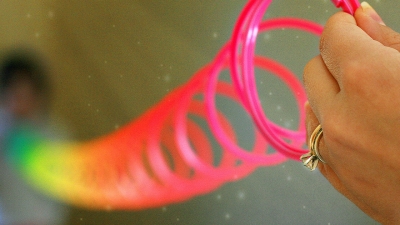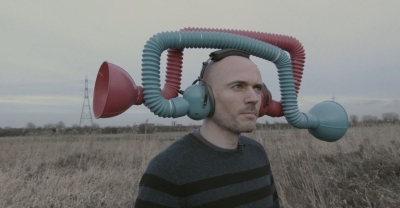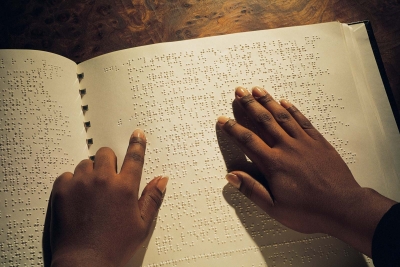When was snakes and ladders invented in India?

The game Snakes and Ladders was invented in India in the century by the poet saint Gyandev, and was called Moksha Patam. The ladders represented the virtues while the snakes indicated vices. The game was designed around the concept that good deeds take you to heaven while bad deeds take you to hell.
Our favorite Snakes and Ladders was earlier known as Mokshapat, Moksha Patamu, or Gyan Chaupar (the game of knowledge). It was not just a game but a way of understanding life and its values.
Its origin is still unclear, but some historians believe that the game is as old as the 2nd century BC, while others believe that it was invented in the 13th century by an Indian poet, Saint Gyandev.
The game served as a teaching tool to embrace and reinforce the Hindu philosophies of Karma and Samskara in students. Unlike the snakes and ladders we know now, the original game had squares in the range of 72-124 that symbolized the journey of life. Every square enlightened a positive or negative aspect of life.
Mokshapat had more snakes than ladders representing various evils on the path to attaining salvation. It also depicted that the path to salvation is more difficult than the path to evil.
The squares that contained the bottom of the ladder symbolized a good deed or good karma, and the top of the ladder symbolized a heavenly place. The squares where the mouth of the snakes was placed were a sign of evil or bad karma. The goal was to reach the end square that signified salvation or Moksha.
The astounding fact about the old version of the game is that the game focused on developing the necessary values in people rather than focusing on competition.
Credit : ED Times
Picture Credit : Google



